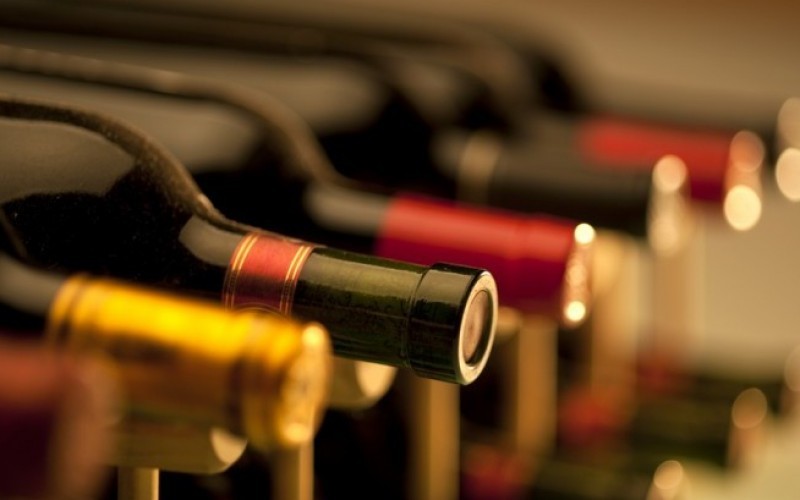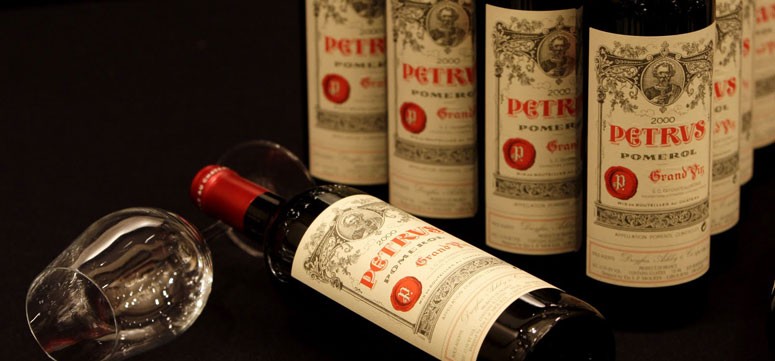Investing in Fine Wines_1
Post on: 18 Июнь, 2015 No Comment

Has the sparkle gone out the fine wine bubble or have market corrections made this an attractive time to buy?
For many, the recent direction of vintage wine investment feels uncomfortably like that of technology shares during the dot com bubble burst of 2000, when billions of dollars were wiped off the value of over-hyped internet businesses and some of the largest tech start-ups closed their doors.
In just four years, since 2008, investors in fine wines have lost an estimated 100m following the collapse of more than 50 UK-based investment firms. The abiding market principle that demand for fine wine exceeds supply, due to the fact that it is constantly diminishing as the wine is drunk, had seen some of the famous Bordeux vintages quadrupled in value between 2000 and 2010. But, of course, like shares, it is an accepted risk that even the most sought after wines can fall in value too.
Today, the market is down some 30% from its highs of mid 2011, but is well below its long-term trend and a number of indicators are suggesting a bottoming-out. Andrew della Casa, Director at the Wine Investment Fund provided his assessment of the current market conditions, the stabilisation seen in early 2012 proved to be relatively short lived as several factors — both internal and external to the wine market — combined to push prices lower. Within the market, we saw a very weak en primeur season: that is, the period during which the 2011 Bordeaux vintage was released.
The en primeur season is a key time for the entire industry because its success affects the wider market directly by generating a positive cash flow providing the means to buy other stocks and indirectly boosting the image of Bordeaux and the confidence of its traders. Unfortunately this year the reverse was true as the wines were released at prices which were simply too high: UK merchants were quoted as saying it was the worst campaign in memory — or even the worst ever. Market fundamentals and sentiment were also not helped by a continuation of institutional selling.
Steven Weids, Senior Wine Investment Adviser at Armit Wines believes the ongoing impact of the economic crisis in Europe has also continued to take weight, in the first half of the year we saw a great deal of uncertainty in the markets due to the wider external economic situation across the Eurozone. This has now been relatively flat for several months and as such we are going through a period of stabilisation, following what was a fairly drastic correction earlier this year.
The Liv-ex Fine Wine 50 Index, which tracks the daily price movement of the most heavily traded commodities in the fine wine market, has remained largely static since July, hovering below the 300 mark. Although down from highs of 445 in June 2011, it is still notably up on the 160-250 range seen during 2007 prior to the global financial crisis.
Despite flat trading, commentators suggest that market conditions could be turning and again becoming more favourable for fine wine investment. According to Liv-ex, if you run the Liv-ex Fine Wine 50 against the ratio of Bids to Offers on the Liv-ex exchange, we can see that the weight of Bids has been steadily climbing throughout the summer.

According to Weids, the key to investing in fine wines is to do your research and remain patient, As an asset, fine wine has several key advantages, namely that it is a finite commodity, so even when applying the most simplest of economics, once a bottleis opened thats one less available on the market. As demand increases in new and emerging markets, so does demand for the most exclusive vintages which pushes prices higher and higher.
The longer-term fundamentals remain in favour of fine wine as an asset class. With the main index already well below its long-term rate of growth, any further falls take prices deeper into oversold territory and strengthen the argument that the last few months of the year will present an unusually attractive investment opportunity.
But whilst della Casa believes in the long-term advantages of wine as an asset class, he believes it is the specifics to the current period that are increasingly attractive, Wine as an asset has the key characteristic of being physical. As such it cannot be debased (like a currency) or devalued (like assets such as government bonds or cash savings) by inflation. Even in the direst of circumstances it will retain inherent value from its attractiveness as a drink to an extent that even the benchmark commodity, gold, would not.
Why is this important? Simply that in todays economic environment the spectre of inflation is looming more ominously than at any time since at least the 1970s, and that at some point the effects of sustained low inflation rates and quantitative easing will eventually feed through to prices. Commodities such as wine, which are generally immune to these effects, should benefit as a result. Put together with the attractive valuations following the recent correction, the longer-term prospects for fine wine prices still look very bright.
Disclaimer: This article is intended for information purposes only. You should always seek expert advice and guidance before considering investing.














